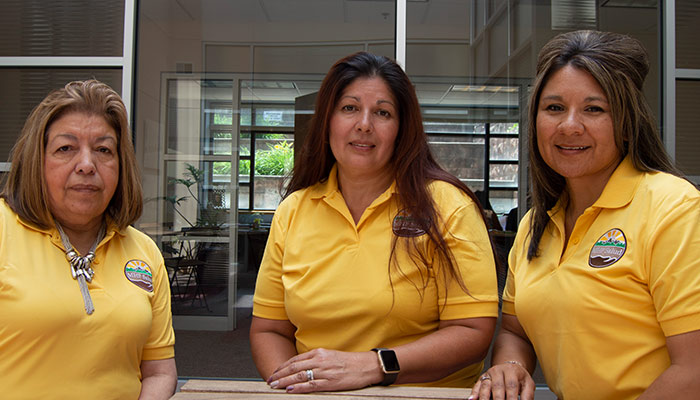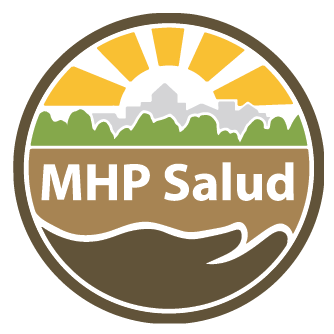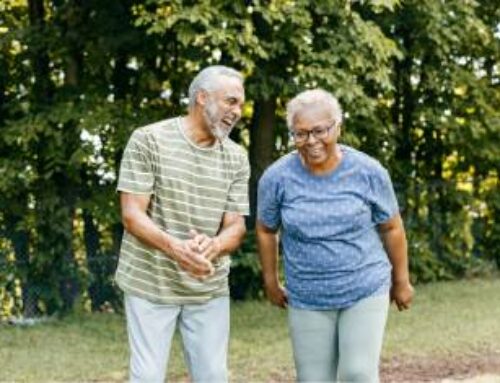Elder Health Care in the United States
February 2019
Overview of Elders in the USA
The average lifespan of Americans has been steadily increasing over the years, resulting in a growing number of adults that live to be over 65 years old. Older adults are also becoming increasingly diverse: this population is expected to transform from 7.9% to 22% Hispanic/Latino by the year 2060.[1],[2] As this population grows and changes, it’s important to identify and address their unique health challenges, to support safely and happily growing old at home.[3]
Physical Health
Older adults (those older than 65) often find themselves managing multiple chronic diseases, including conditions like heart disease, cancer, arthritis, diabetes, stroke, and dementia. As many as 3 out of every 4 older adults have multiple chronic conditions.[1] This can be quite difficult, as daily activities can be severely limited and out-of-pocket medical costs add up quickly. According to the CDC, when a person develops more and more chronic illnesses, they are more at risk of dying early, being hospitalized, and getting conflicting advice from health care providers. For older adults that are Hispanic, these challenges are even more poignant.
Older Hispanic adults are more likely to develop diabetes and high blood pressure.[2] They are also at greater risk of developing Alzheimer’s and dementia and are more likely to develop these diseases when they are younger. These factors affect the entire family, as Hispanic family members are more likely to act as caregivers, rather than relying on nursing homes or other similar services.
Mental Health
Loss can come in many forms for older adults- loss of physical or mental abilities, deaths of loved ones, loss of an important role, or loss of resources. The all-too-common experience of social isolation and the resulting impact on mental health is often overlooked by providers as a natural part of aging. Roughly 1 in 4 older adults has some type of mental health problem, such as a mood disorder.[1] And over 1 in 10 older adults report that they “rarely” or “never” receive the social and emotional support they need.[2] These issues can seriously impact the quality of life for older adults, and this is particularly true for Hispanic elders.
Hispanic older adults are roughly twice as likely to have depression than non-Hispanic whites.[1] Mental health services are not often used by this population, largely because of the stillness, and barriers to accessing care, like cost and language preferences.[2] Left untreated, mental health conditions often worsen.
Caregiving
As the population of older adults grows, so does the demand for caregivers. Acting as a caregiver can be deeply rewarding. Without the appropriate support, however, the challenges associated with caregiving can adversely impact health and well-being.
Compared to other ethnicities, Latinos are the most likely to be caregivers for their older relatives; they also spend the most time acting as caregivers. This reflects important Latino values: respect for elder autonomy, preservation of dignity and maintenance of the elder’s role within the family. Unfortunately, these caregivers are more likely to suffer from financial strain and emotional stress because of the high number of hours spent providing unpaid caregiver support.[1]

Community Health Workers are successful in a variety of settings.
Community Health Workers Improve Elder Health
While older adults face numerous health challenges, there are tried-and-true methods to address these issues. Over the years, Community Health Workers (CHWs) have effectively addressed population health challenges, often in underserved or hard-to-reach communities. CHWs are trained, trusted community members, and are ideally situated to address the health challenges experienced by older adults. CHWs cultivate trust with patients and families, addressing social issues unseen to the provider that ultimately impact quality of life.
CHWs can successfully work in a variety of settings, like hospitals, clinics, community centers, and senior centers. In hospitals or health clinics, CHWs can be integrated into a healthcare team. They work both in this healthcare setting and within the community, by assisting with the discharge process and serving as the “warm handoff,” ensuring that patients understand and can follow discharge instructions. CHWs can also support follow-up medical appointments and connect individuals to helpful social services that can improve quality of life. CHWs working in community centers or within the home can offer support groups for family members acting as caregivers, as well as educational classes on managing common health ailments. In senior centers, CHWs can help enroll older adults in insurance and safety net programs, lead educational health classes, or facilitate support groups for seniors that want to strengthen and grow their social network.
Addressing Elder Health in Diverse Communities
Organizations that serve older adults would benefit from establishing a Community Health Worker program to address the pressing health concerns for this increasingly large and diverse population. CHW programs have been shown to improve numerous health outcomes and are also cost-effective. For over two decades, MHP Salud has provided training to Federally Qualified Health Centers (FQHCs) and other organizations that utilize the Community Health Worker model. Our organization offers training and consulting services for interested organizations that want to create or expand upon their existing CHW program. Comprehensive program design and expert guidance will result in a CHW program that gets at the root of important health issues within our communities.
About MHP Salud
MHP Salud has over thirty years of experience implementing CHW programs and training organizations looking to start and/or strengthen their own CHW programs. For more information about MHP Salud, our services, and how we can help you, please email us at info@mhpsalud.org
References
- https://acl.gov/sites/default/files/Aging%20and%20Disability%20in%20America/Statistical-Profile-Older-Hispanic-Ameri.pdf
- Factfinder.census.gov
- AARP, 2010
- https://www.cdc.gov/chronicdisease/about/multiple-chronic.htm
- https://acl.gov/sites/default/files/Aging%20and%20Disability%20in%20America/Statistical-Profile-Older-Hispanic-Ameri.pdf
- Centers for Disease Control and Prevention, National Association of Chronic Disease Directors. The State of Mental Health and Aging in America Issue Brief 1: What Do the Data Tell Us? Atlanta, GA: National Association of Chronic Disease Directors; 2008.
- McGuire LC, Strine TW, Okoro CA, Ahluwalia IB, Ford ES. Modifiable characteristics of a healthy lifestyle in U.S. older adults with or without frequent mental distress: 2003 Behavioral Risk Factor Surveillance System. Am J Geriatr Psychiatry. 2007;15:754-761.
- http://www.psychiatrictimes.com/major-depressive-disorder/depression-related-disparities-among-older-low-acculturated-us-latinos
- http://www.psychiatrictimes.com/major-depressive-disorder/depression-related-disparities-among-older-low-acculturated-us-latinos
- http://www.nhcoa.org/wp-content/uploads/2017/09/2017-Status-of-Hispanic-Older-Adults-FV.pdf







